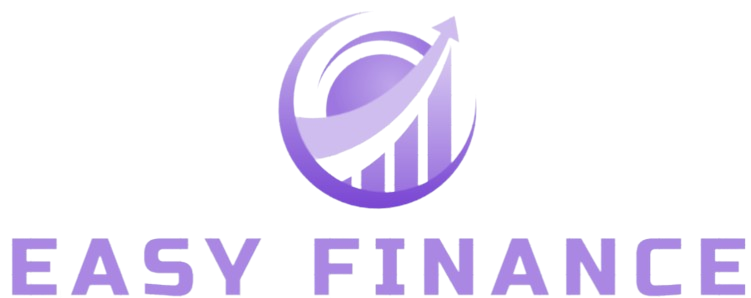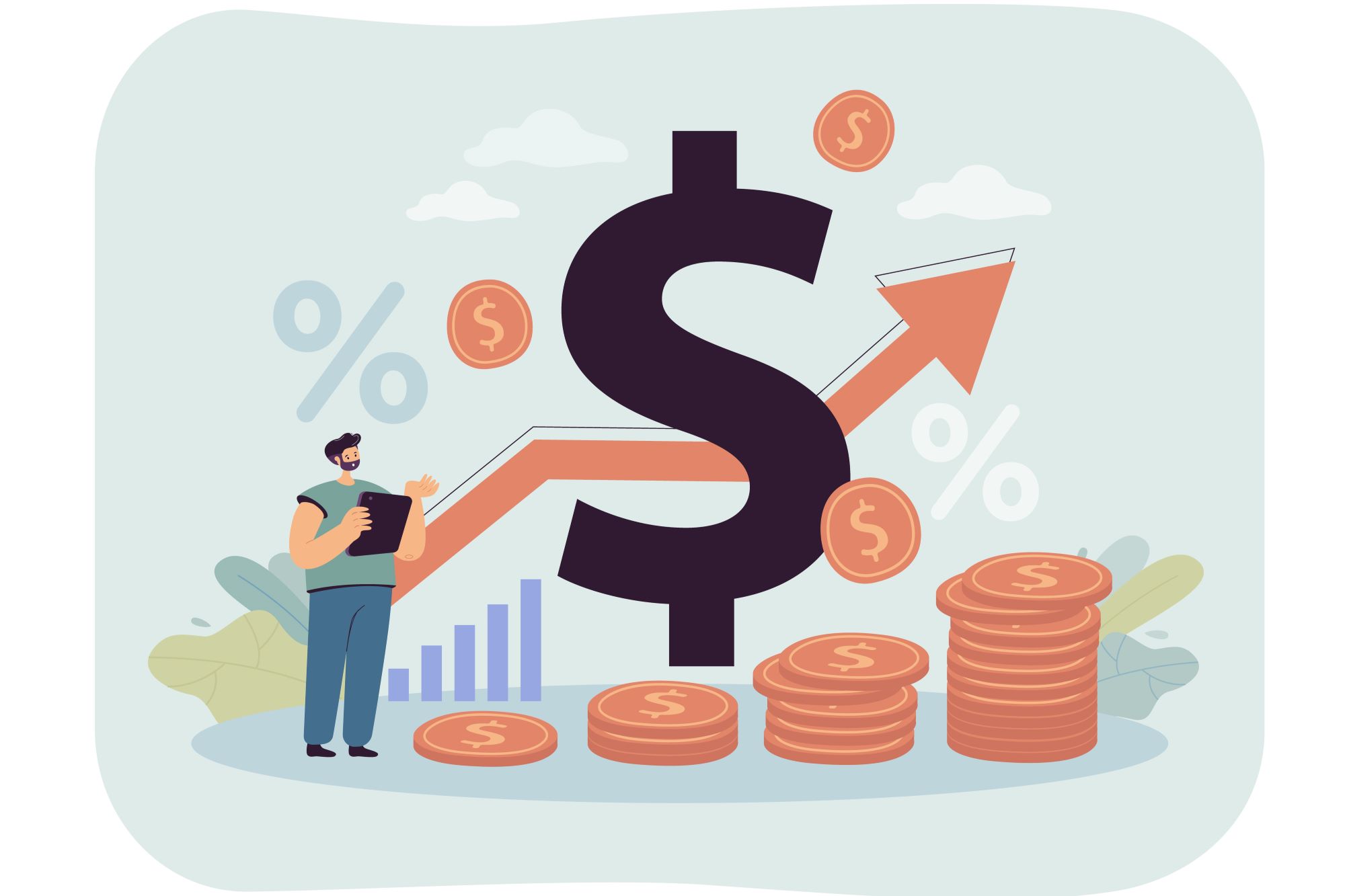Education is one of the most significant investments you can make in your future. However, the rising costs of tuition and other study expenses can be a significant barrier. Navigating the world of education loans can be daunting, but it’s a necessary step for many students. Let’s dive into the various options available and how you can finance your education effectively.
Federal Student Loans
Overview of Federal Loans
Federal student loans are an essential resource for many students pursuing higher education. These loans are funded by the federal government, making them a more stable and reliable option compared to private loans. One of the primary benefits of federal loans is their lower interest rates, which can significantly reduce the overall cost of borrowing. Additionally, these loans offer a variety of repayment plans, including income-driven repayment options, which adjust your monthly payments based on your income. This flexibility can be particularly beneficial for new graduates who may not have a high-paying job immediately after finishing their studies.
Another significant advantage of federal student loans is the borrower protections they offer. Federal loans come with options for deferment and forbearance, which allow you to temporarily stop making payments or reduce your payment amount if you experience financial hardship. Furthermore, federal loans are eligible for various forgiveness programs, such as the Public Service Loan Forgiveness (PSLF) program, which can forgive the remaining balance on your loan after you make a certain number of qualifying payments while working in a public service job. These features make federal student loans a safer and more manageable choice for many students.
Subsidized vs. Unsubsidized Loans
Subsidized loans are a type of federal student loan that is need-based, meaning they are awarded based on your financial need. One of the most significant benefits of subsidized loans is that the government pays the interest on the loan while you are in school at least half-time, during the grace period, and during periods of deferment. This can save you a considerable amount of money over the life of the loan, as interest does not accrue during these periods. To qualify for a subsidized loan, you must demonstrate financial need through the Free Application for Federal Student Aid (FAFSA).
Unsubsidized loans, on the other hand, are not based on financial need, and they are available to all eligible students regardless of income. The key difference with unsubsidized loans is that you are responsible for paying all the interest that accrues, from the time the loan is disbursed until it is paid off in full. While you have the option to defer interest payments while you are in school, the interest will continue to accrue and be added to the principal balance of the loan. This can significantly increase the total amount you owe, making unsubsidized loans more expensive in the long run compared to subsidized loans.
PLUS Loans for Parents and Graduate Students
PLUS loans are federal loans that are available to parents of dependent undergraduate students and to graduate or professional students. These loans can help cover the total cost of attendance, including tuition, room and board, books, and other expenses, minus any other financial aid received. Parent PLUS loans are taken out by parents on behalf of their child, while Grad PLUS loans are available directly to graduate or professional students. One of the advantages of PLUS loans is that they can cover any remaining costs that other forms of financial aid do not, making them a comprehensive option for financing education.
However, PLUS loans come with some drawbacks. The interest rates on PLUS loans are generally higher than those on subsidized and unsubsidized loans, and they also require a credit check. This means that eligibility for PLUS loans is based partly on the borrower’s credit history, which can be a barrier for some families. Additionally, while PLUS loans offer flexible repayment plans similar to other federal loans, the higher interest rates can make them more expensive over time. Despite these challenges, PLUS loans remain a valuable resource for families and graduate students needing additional financial support to cover the cost of education.
Private Student Loans
What Are Private Student Loans?
Private student loans are a type of financial aid offered by private lenders such as banks, credit unions, and other financial institutions. These loans are used to supplement federal student loans and other forms of financial aid when they are not sufficient to cover the full cost of education. Private loans can be used to pay for tuition, room and board, books, and other educational expenses. Unlike federal student loans, which have standardized terms and conditions, private student loans can vary widely in terms of interest rates, repayment options, and borrower requirements, depending on the lender.
Private student loans typically require a credit check, and interest rates are often based on the borrower’s creditworthiness. This means that students with good credit scores or those who have a co-signer with good credit may qualify for lower interest rates. However, students with poor credit or no credit history may find it challenging to qualify for private loans or may be offered loans with higher interest rates. Additionally, private student loans do not offer the same borrower protections and flexible repayment options as federal loans, making it important for borrowers to carefully review the terms and conditions before taking out a private loan.
Differences Between Private and Federal Loans
There are several key differences between private and federal student loans that borrowers should consider when deciding how to finance their education:
- Interest Rates: Federal loans typically have lower, fixed interest rates, while private loans may have higher, variable interest rates.
- Repayment Options: Federal loans offer a variety of repayment plans, including income-driven repayment options, while private loans generally have fewer repayment options and less flexibility.
- Eligibility Requirements: Federal loans do not require a credit check for undergraduate students, whereas private loans typically require a credit check and may require a co-signer.
- Borrower Protections: Federal loans offer deferment, forbearance, and forgiveness options, while private loans often do not have these protections.
Understanding these differences can help you make an informed decision about which type of loan is best for your financial situation and educational needs.
Pros and Cons of Private Student Loans
While private student loans can provide additional funding for education, they come with both advantages and disadvantages:
Pros:
- Higher Loan Limits: Private loans can cover the full cost of education, including expenses not covered by federal loans.
- Flexible Use: Private loans can be used for a wide range of education-related expenses.
- Potentially Lower Interest Rates for Good Credit: Borrowers with excellent credit may qualify for lower interest rates than those offered by federal loans.
Cons:
- Higher Interest Rates for Poor Credit: Borrowers with poor credit or no credit history may face higher interest rates and less favorable terms.
- Fewer Repayment Options: Private loans generally offer fewer repayment options and less flexibility compared to federal loans.
- Lack of Borrower Protections: Private loans do not offer the same protections as federal loans, such as deferment, forbearance, and forgiveness programs.
Considering these pros and cons can help you weigh the benefits and risks of private student loans and decide whether they are the right choice for financing your education.
Eligibility Criteria
Basic Eligibility Requirements
To qualify for most education loans, you must meet specific basic eligibility requirements. For federal student loans, one of the primary requirements is that you need to be enrolled at least half-time in an eligible degree or certificate program. Additionally, you must complete the Free Application for Federal Student Aid (FAFSA) to determine your financial need and eligibility for various types of federal student aid, including grants, work-study, and loans. The FAFSA collects information about your financial situation and helps schools determine the amount of aid you are eligible to receive.
In contrast, private student loans have different requirements that are typically more stringent than those for federal loans. Private lenders often require a credit check to assess your creditworthiness. This means that your credit score and credit history play a significant role in your eligibility for a private loan. Furthermore, some private lenders may require you to have a co-signer, especially if you have a limited credit history or a low credit score. The co-signer, usually a parent or guardian, agrees to take on the responsibility of the loan if you are unable to make payments.
Credit Score and Co-Signer Requirements
Credit scores are a critical factor in determining eligibility for private student loans. Lenders use credit scores to gauge the risk of lending money to a borrower. A higher credit score indicates a lower risk, which can lead to better loan terms, such as lower interest rates. Conversely, a lower credit score may result in higher interest rates or even denial of the loan application. Students who do not have a sufficient credit history or have a low credit score might struggle to qualify for a private loan without a co-signer.
Federal student loans, on the other hand, generally do not have credit score requirements for undergraduate students. This makes federal loans more accessible to a broader range of students, regardless of their credit history. However, some federal loans, such as PLUS loans for parents and graduate students, do require a credit check. If the borrower has an adverse credit history, they may need an endorser (similar to a co-signer) to qualify for the loan. This distinction between federal and private loans is crucial for students and families to understand as they navigate their financing options.
| Criteria | Federal Loans | Private Loans |
| Enrollment Status | At least half-time in an eligible program | Varies by lender |
| Application Requirement | FAFSA | Credit check, application form |
| Credit Score Requirement | None for most undergraduate loans | Good credit score typically required |
| Co-Signer Requirement | Not required (except for some PLUS loans) | Often required for low credit scores |
Interest Rates and Repayment Plans
Interest Rates
Interest rates on student loans can significantly impact the total cost of borrowing and the overall affordability of the loan. Federal student loans generally have fixed interest rates, meaning the rate remains constant throughout the life of the loan. This predictability makes it easier for borrowers to budget for their loan payments. The fixed rates are determined annually by the federal government and are typically lower than those offered by private lenders. Federal loans also come with borrower protections and flexible repayment options that can help manage the cost of borrowing.
In contrast, private student loans can have either fixed or variable interest rates. Fixed rates, like those on federal loans, remain the same over the life of the loan. Variable rates, however, can change periodically based on market conditions. While variable rates may start lower than fixed rates, they can increase over time, potentially making the loan more expensive. Borrowers should carefully consider whether they prefer the stability of a fixed rate or the potential cost savings of a variable rate, while also being mindful of the risks associated with rate fluctuations.
Different Repayment Plans Available
Federal student loans offer several repayment plans designed to accommodate different financial situations. The Standard Repayment Plan features fixed monthly payments over ten years, while the Graduated Repayment Plan starts with lower payments that gradually increase over time, also typically over ten years. Income-Driven Repayment (IDR) plans adjust your monthly payments based on your income and family size, which can be particularly beneficial for borrowers with lower incomes. These plans include options like Income-Based Repayment (IBR) and Pay As You Earn (PAYE), and they can extend the repayment period up to 20 or 25 years.
Private student loans generally offer less flexibility in repayment options compared to federal loans. Most private loans require fixed monthly payments over a set term, usually ranging from 5 to 20 years. Some private lenders may offer interest-only payment options or deferred repayment while you are in school, but these options can be limited and may result in higher overall costs due to accruing interest. It is crucial for borrowers to review the terms and conditions of private loans carefully and understand the repayment obligations before committing to a loan.
Comparing Federal and Private Loan Repayment Options
Federal student loans often provide more flexibility and support for borrowers during repayment. For example, federal loans offer options for deferment and forbearance, which allow you to temporarily pause or reduce your payments if you encounter financial hardship. Additionally, federal loans are eligible for loan forgiveness programs, such as Public Service Loan Forgiveness (PSLF), which can forgive the remaining balance of your loan after a set number of qualifying payments while working in public service.
Private loans, on the other hand, usually require fixed monthly payments and do not offer the same level of flexibility or borrower protections. While some private lenders may provide options for deferment or forbearance, these are typically more limited and may come with additional costs. Moreover, private loans are not eligible for federal forgiveness programs, making them less attractive for borrowers who may benefit from such opportunities. Understanding these differences can help borrowers choose the best loan option for their financial situation and repayment capacity.




